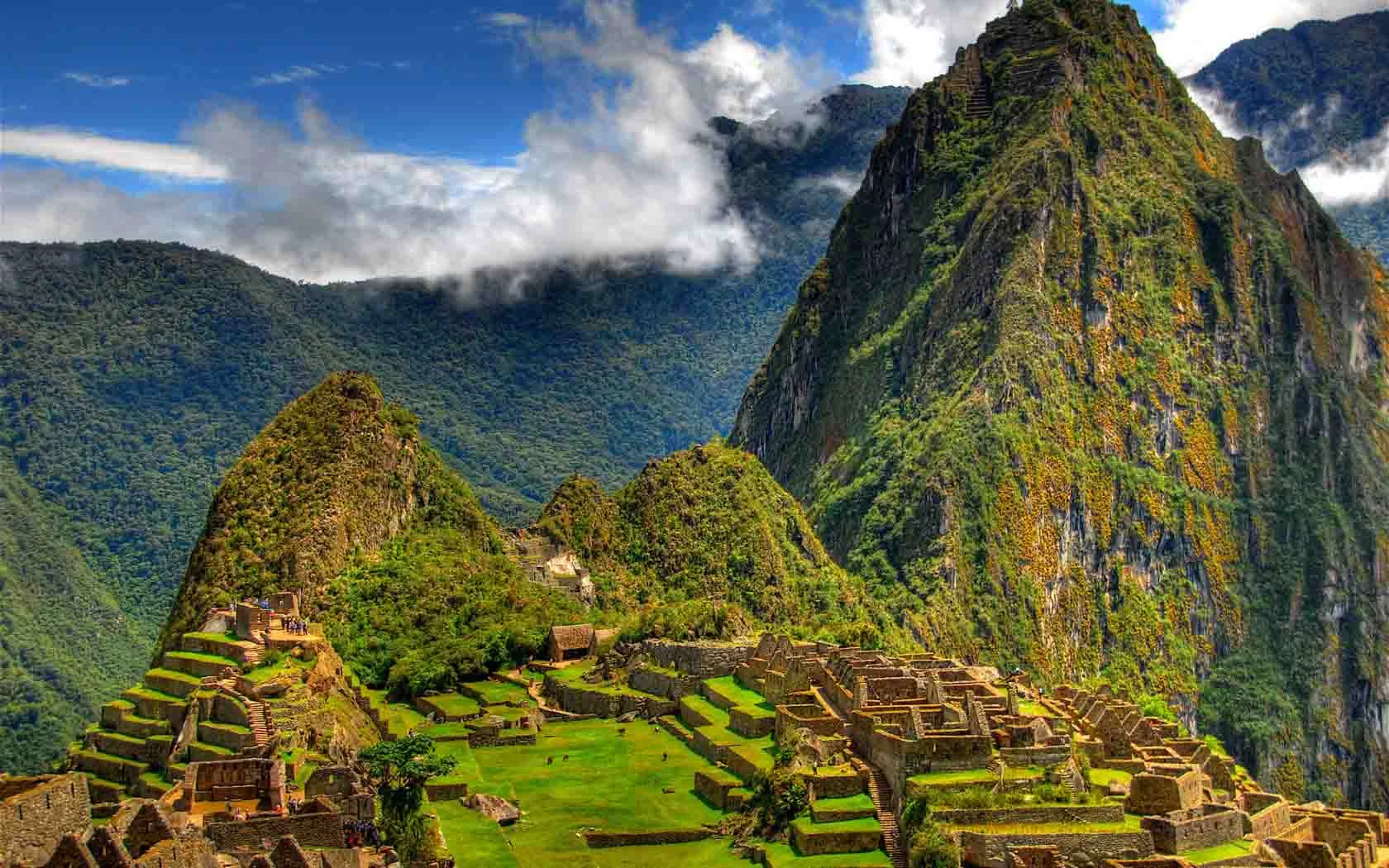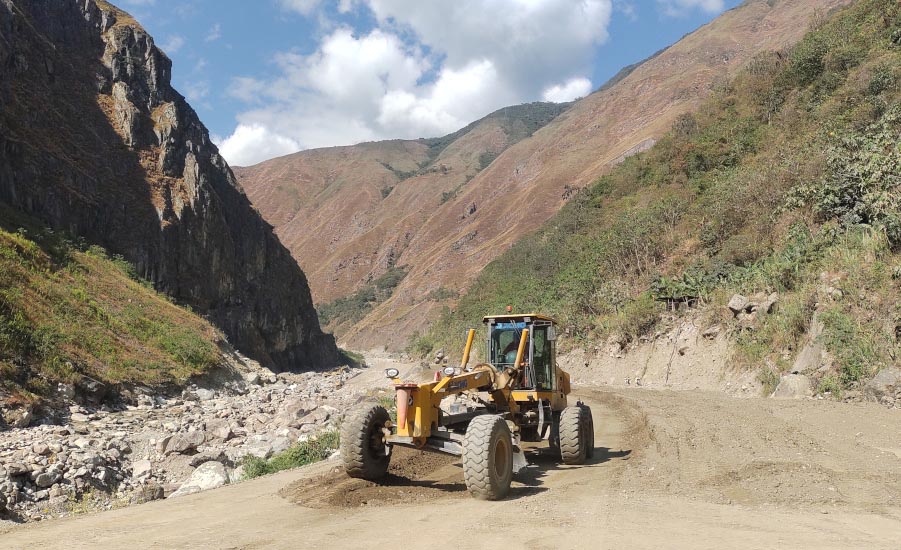
Road Project to Improve Access to Peru's Machu Picchu Site | Travel News
Reaching the Incan citadel of Machu Picchu has long been known for its difficulty. Its remote location was one reason the Spanish conquistadors missed it during their search for riches in Peru. In 1911, archaeologist and politician Hiram Bingham discovered the site while looking for another "lost" Incan city.
Today, Machu Picchu is a UNESCO World Heritage site and a major tourist destination in South America. According to Peru’s Foreign Trade and Tourism Ministry, 955,741 people visited the historic site last year, with nearly 70% coming from abroad. Most visitors arrive by train since there is no paved road leading directly to the site.
However, this issue is being addressed. A new paved road to the historic site is under construction. The Santa María-Santa Teresa-Machu Picchu Hydroelectric Bridge highway project will pave 22 miles of road along the Urubamba River. Starting in Santa María on a national highway, the road will pass through Santa Theresa and end at a hydroelectric plant near Machu Picchu.
Peru's Transport Minister Raúl Pérez Reyes Espejo highlighted the importance of this project for the integration and economic development of Cusco during a site visit in January. The project is a collaborative effort involving the Ministry of Transportation and Communications (MTC), regional, and local governments.

One of the largest projects in the Department of Cusco, it is managed by Provías Nacional, part of the Transportation Ministry. The road will feature two 11-foot-wide asphalt lanes with shoulders and drainage. Six new major bridges will replace old Bailey truss bridges. The uneven terrain requires extensive retaining walls and gabions.
The route will reduce travel time significantly, cutting a four to five-hour journey to just two hours. The paving project, awarded to China Civil Engineering Construction Corp. Sucursal del Perú (CCECC) for $90 million in 2021, faced delays due to documentation issues. However, work resumed after arbitration. Additional delays occurred due to weather conditions, such as heavy rains and dry periods causing construction challenges.

Machu Picchu is crucial for Peru’s tourism, still recovering from the COVID-19 pandemic. The maximum daily visitors allowed was increased to 4,500 at the start of the year, with potential peaks of 5,600 on holidays. Before the pandemic, up to 5,800 visitors were permitted daily, more than twice the number allowed a decade ago.
Daily trains run between Cusco and Aguas Calientes, about 5 miles from Machu Picchu, with buses transporting tourists to the sanctuary. The site can also be reached by foot via the Inca Trail, which limits access to 500 people per day, including guides and porters.
Budget-conscious tourists often take the alternative route via the hydroelectric dam near Machu Picchu, traveling by road to the plant and then by train or foot to Aguas Calientes. A road connecting Aguas Calientes to Santa Teresa was proposed in 2010 after a flash flood disrupted the train track, requiring tourist evacuations by helicopter. Concerns about increased tourism access have persisted.
The upgraded road aims to improve tourist flow without directly connecting to Aguas Calientes, as vehicle access is limited by a railroad bridge. The project also seeks to benefit local communities by enhancing market access and transportation between localities.
Since the resumption of work, government officials have emphasized their commitment to completing the project, which promises to transform travel and improve the quality of life for the local population.

Check Our Suggested Tours:
- From the Heart of the Jungle to the Sacred Mountain: A Luxury Expedition Through the Amazon & Ausangate 16d/15n
- Honeymoon In Peru - Peru Honeymoon Packages
- Peru By Belmond Tour
- Family Adventure Tour
- Following the Path to the Sacred Sun Gate
- The Soul of Two Worlds: A Grand Amazon & Andes Expedition 14d/13n
